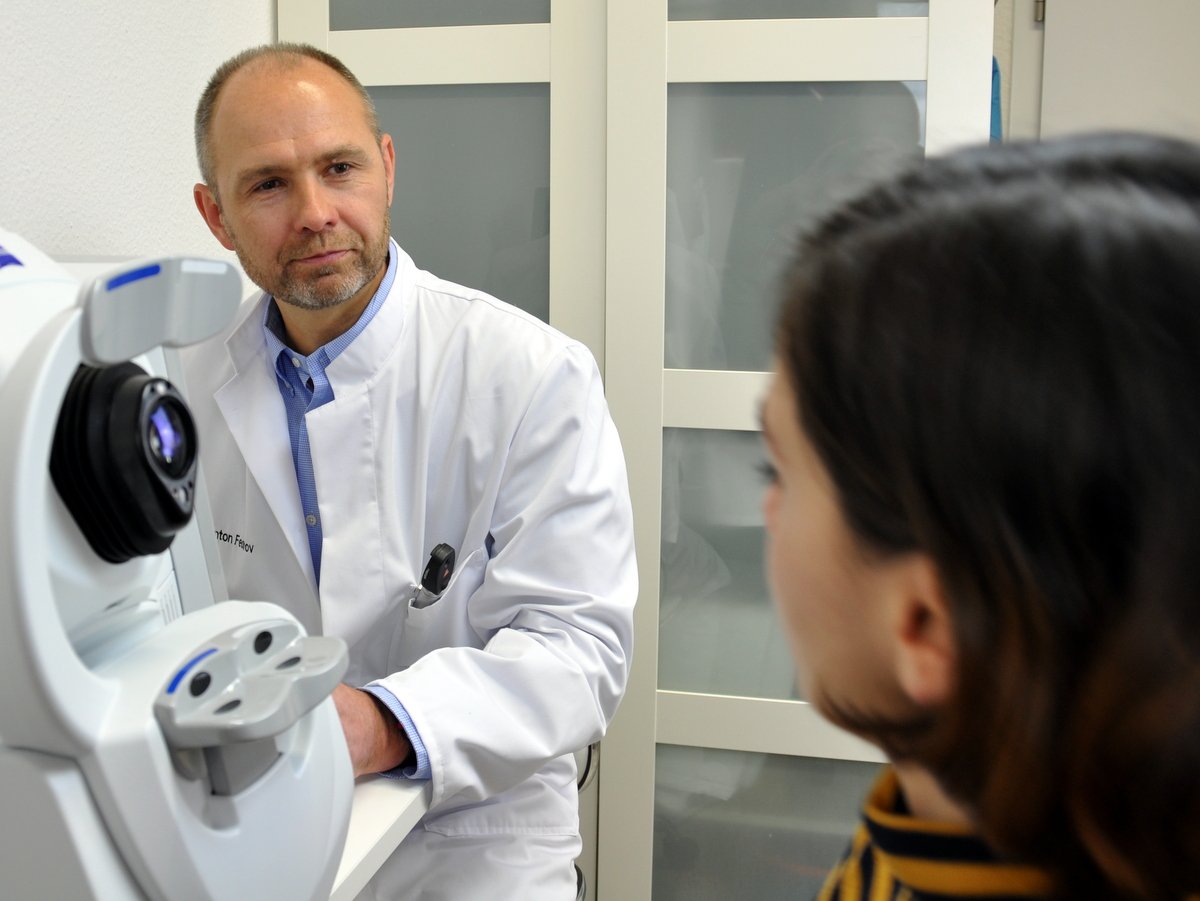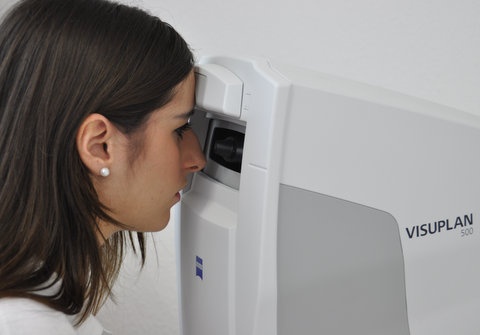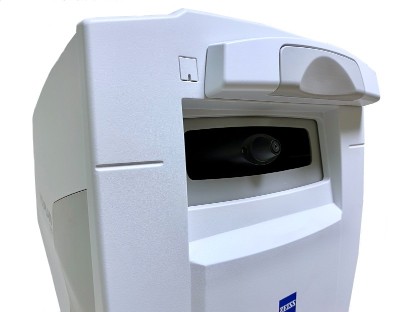
Electrical Stimulation Therapy and Intraocular Pressure
Taking into account that Restore Vision Clinic (Berlin, Germany) has and is currently improving functional vision in numerous glaucoma patients – a condition where IOP management remains a major therapeutic goal – the relationship between applied low intensity currents and IOP was comprehensively studied.
Based on hundreds and hundreds of IOP measurements conducted before and after electrical stimulation therapy sessions, we can assure our patients that our treatment does not elevate IOP and it is safe for glaucoma patients. Interestingly, our results actually indicated that electrical stimulations slightly lower IOP.

.jpeg)

.jpeg?width=640&name=Importe%20-%201%20von%201%20(26).jpeg)
